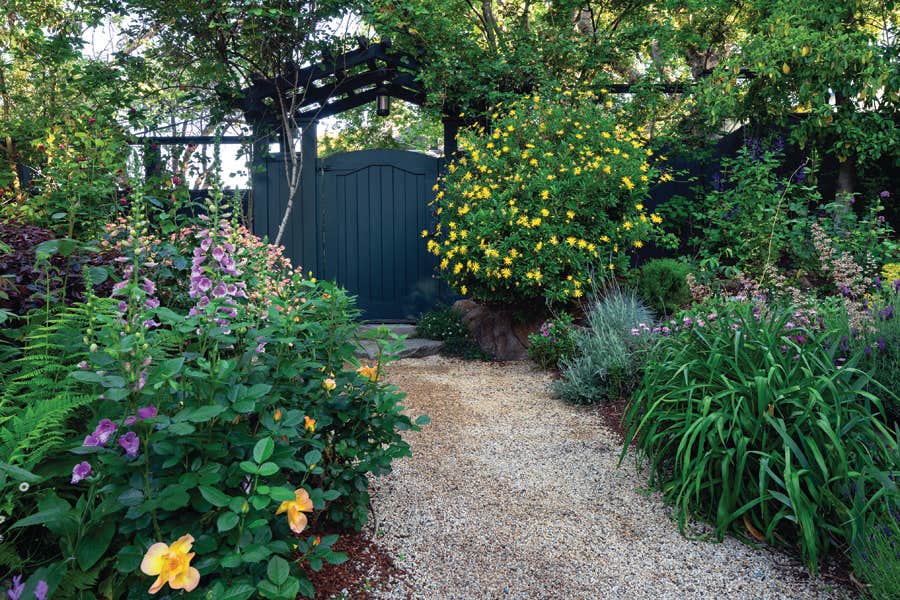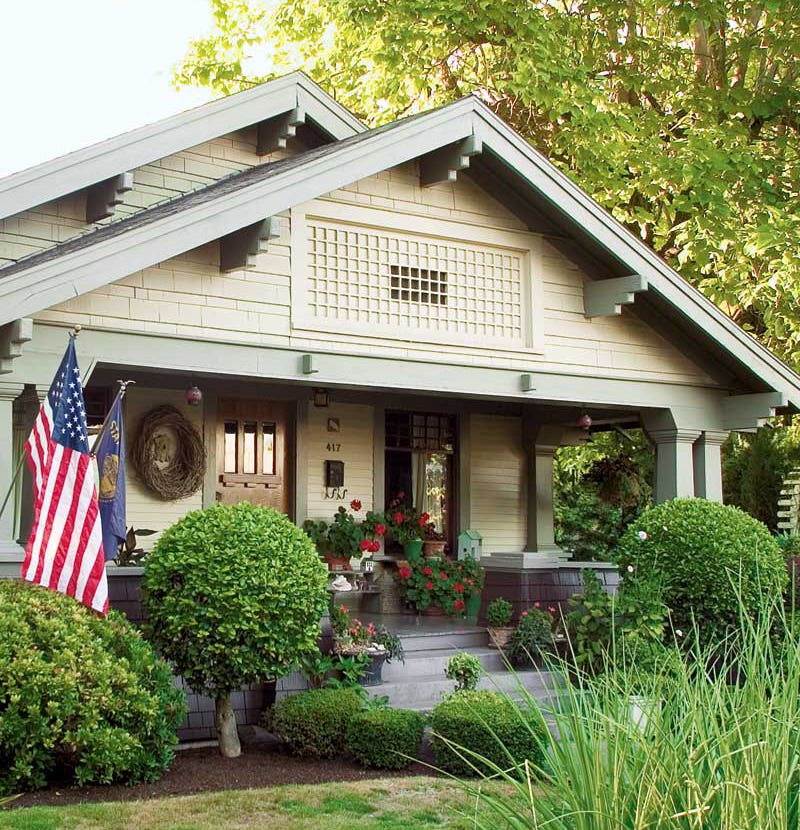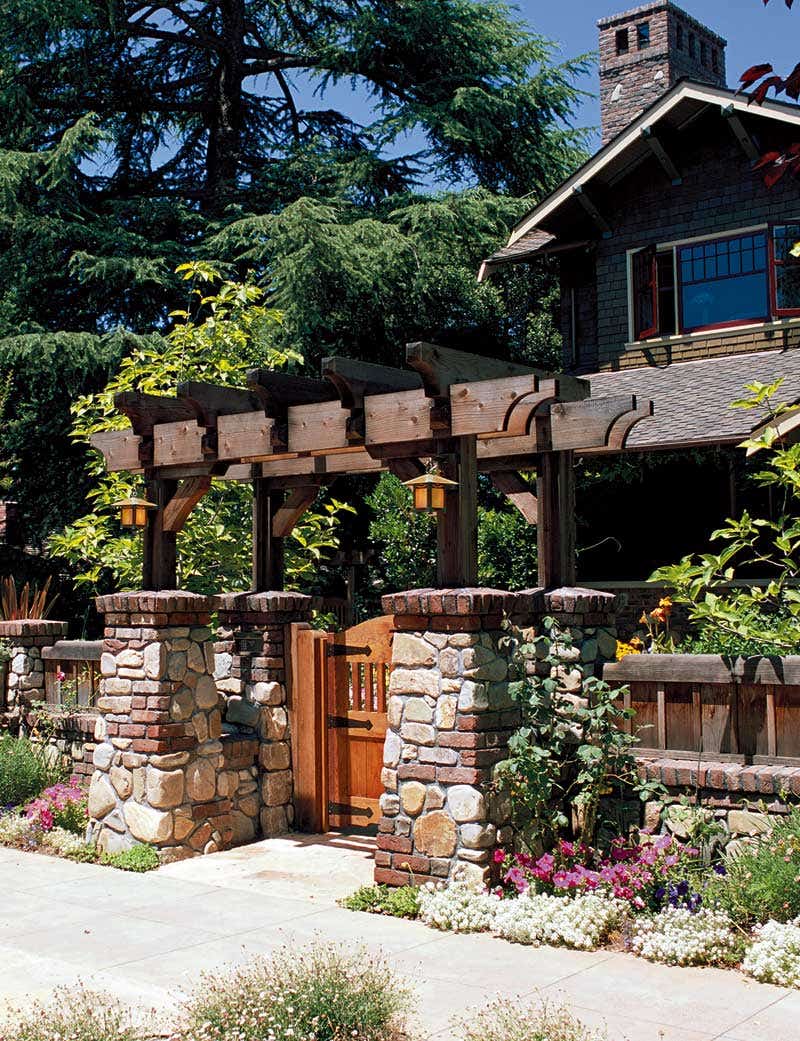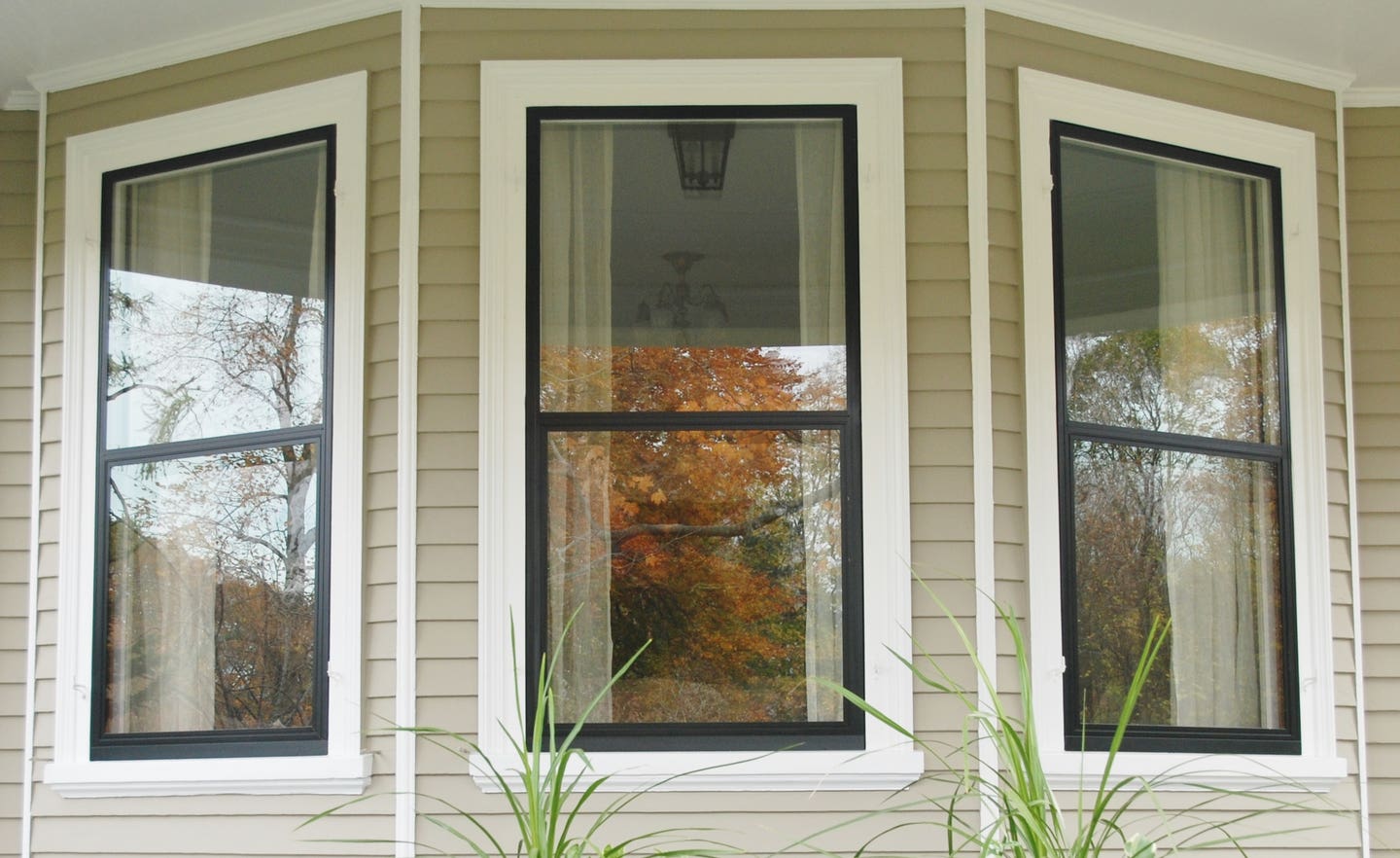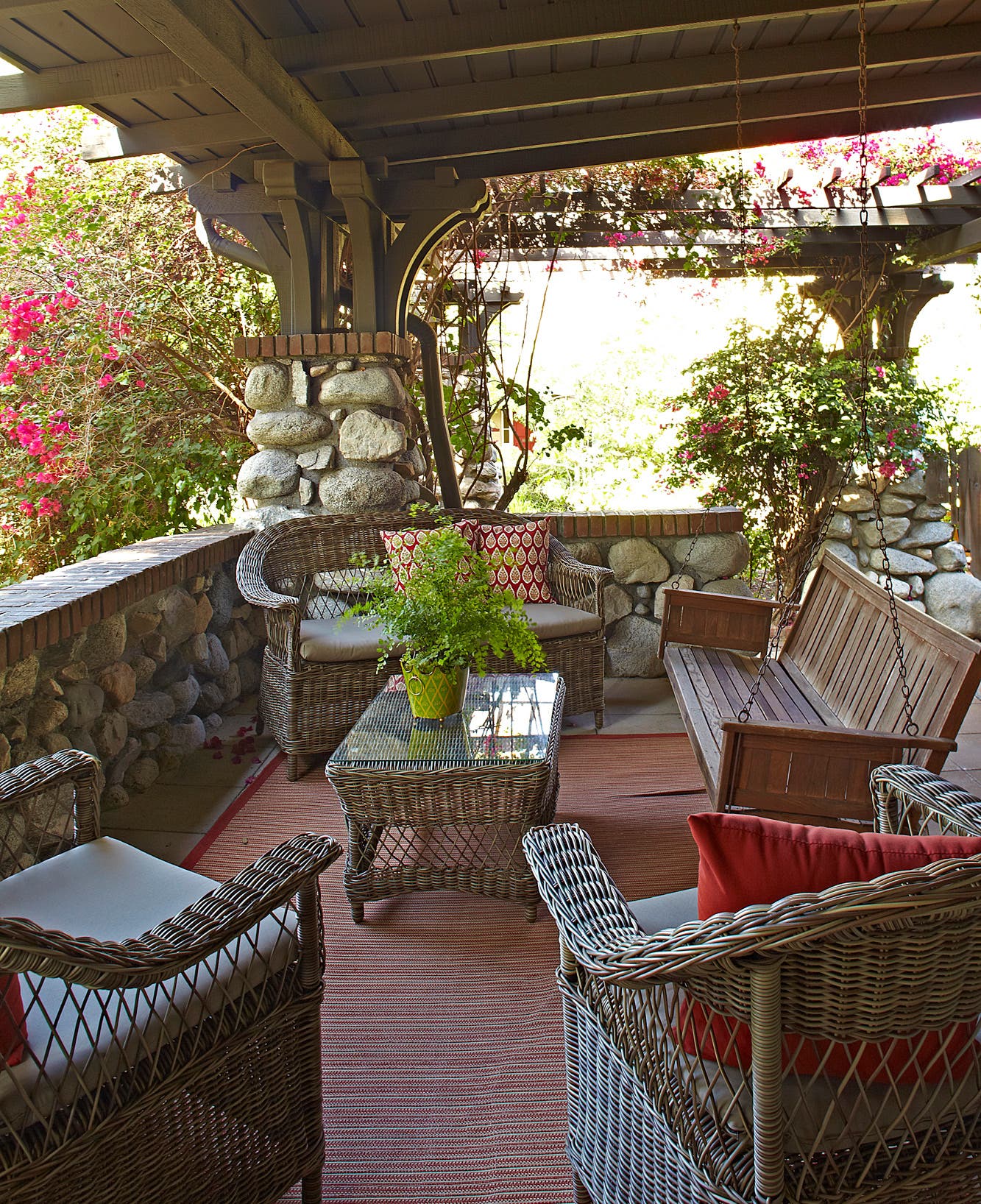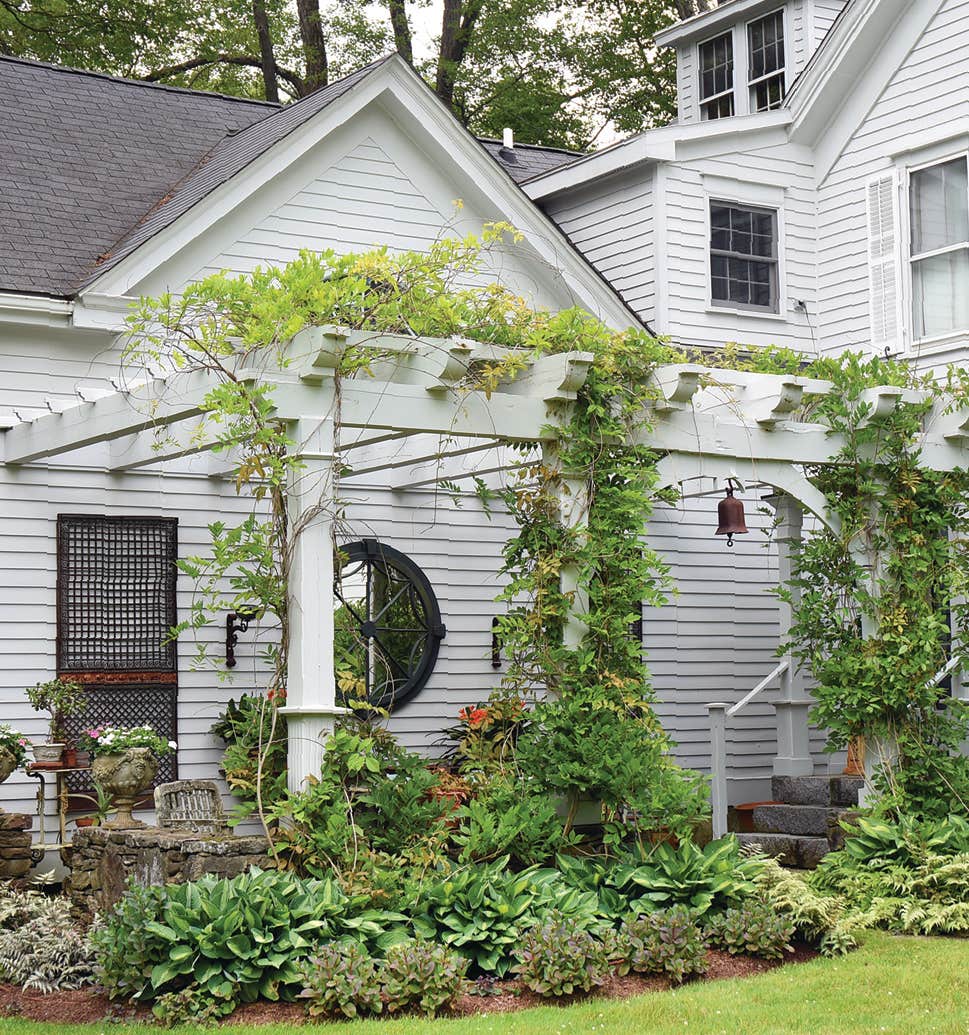Window Shutter Classics – start exploring the beauty!
When you think of period shutters and exterior blinds, you probably associate them with Cape Cods, farmhouses, even Victorians. The typical Arts & Crafts Bungalow or Midwest Prairie house has windows grouped horizontally, with large mullions—not the configuration for symmetrical shutters. Nothing can bring more value to your home then updating your curb appeal with beautiful exterior shutters.
Still, window shutters were standard on the cottage and revival homes of the period, especially Dutch Colonials and Storybook houses. And they were also found on some bungalow variants.
Consider shutters if they are common in your region, and if you find evidence of their use. (Hardware or holes may remain around the windows; you may even find the old shutters stuffed in the attic eaves.)
If the house has English or European pretensions, it may have had shutters. Dutch Colonials often had brightly painted “cutout” shutters, with a motif cut out of a solid panel. Storybook houses tend to feature everything on the facade, shutters included.
And any house transitioning to the Colonial Revival may have had shutters when it was built. This is true of Foursquares and Shingle Style houses, as well as more academic revivals, like Georgian or Federal Revival homes.
My own house was built in 1904 with two quite different facades. The street front is Tudor-leaning English Arts & Crafts and features paired windows and bays—no shutters. But with six-over-one windows, the rear is more Colonial Revival, and it did once have shutters. (The originals are still stored in my attic.) That side faces the ocean and its storms, so these shutters may have been more than decorative, even in the 20th century.
Patricia Poore is Editor-in-chief of Old House Journal and Arts & Crafts Homes, as well as editorial director at Active Interest Media’s Home Group, overseeing New Old House, Traditional Building, and special-interest publications.
Poore joined Old House Journal when it was a Brooklyn-brownstoner newsletter in the late 1970s. She became owner and publisher and, except for the years 2002–2013, has been its editor. Poore founded the magazines Old-House Interiors (1995–2013) and Early Homes (2004–2017); their content is now available online and folded into Old-House Journal’s wider coverage. Poore also created GARBAGE magazine (1989–1994), the first unaffiliated environmental consumer magazine.
Poore has participated, hands-on, in several restorations, including her own homes: a 1911 brownstone in Park Slope, Brooklyn, and a 1904 Tudor–Shingle Style house in Gloucester, Massachusetts, where she brought up her boys and their wonderful dogs.



